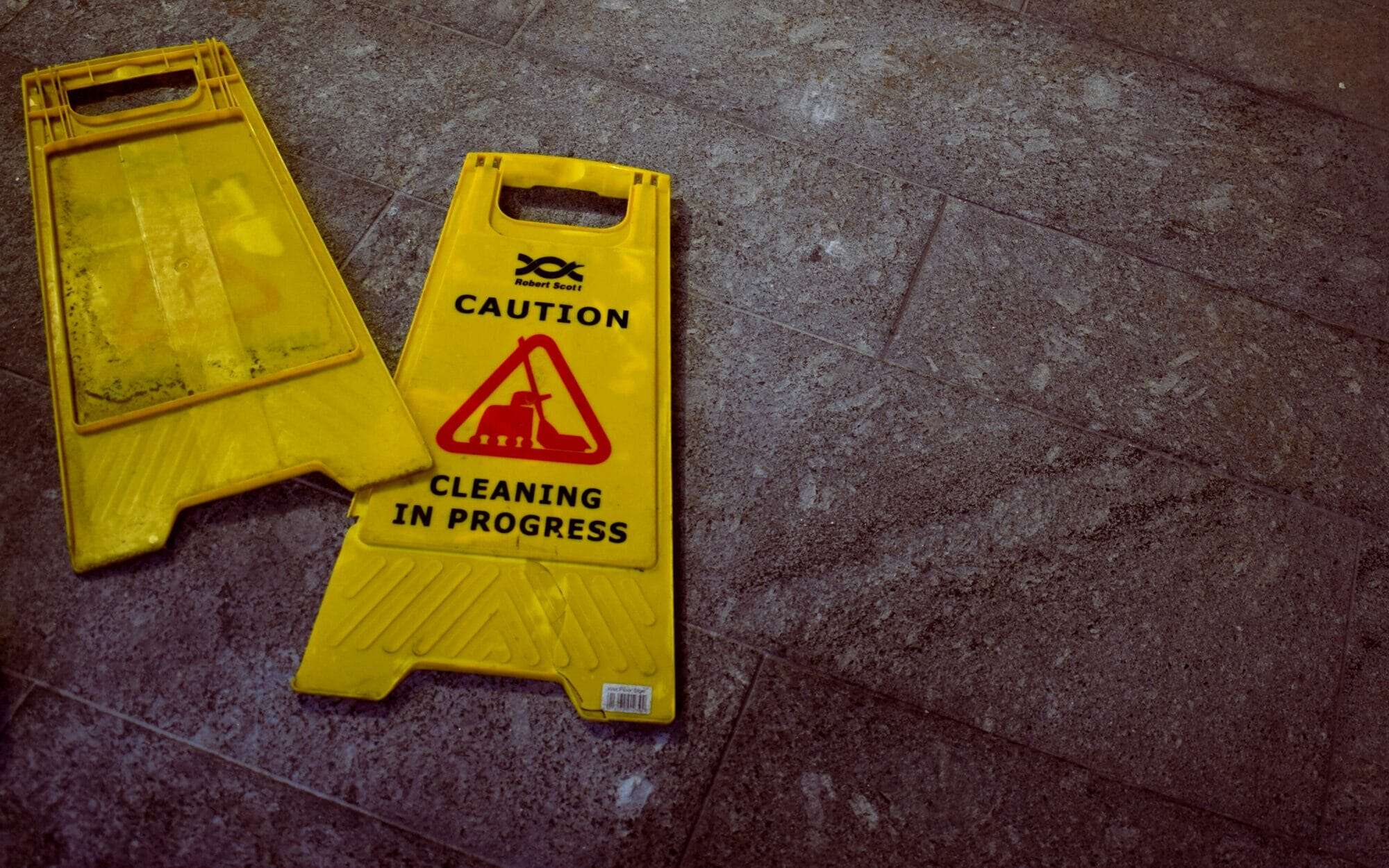Each year Virginia records over 110,000 auto accidents involving injury or death. After an accident, one of the major concerns besides recovering from your injuries might be how to get compensation for the damages suffered. Compensation for car accident victims is broadly categorized into economic and general damages. Economic or special damages are objectively verifiable monetary losses with quantifiable dollar amounts. In contrast, general damages are intangible losses that cannot be verified objectively and don’t have an exact dollar amount. One type of compensation that falls under general damages is pain and suffering.
Calculating your pain and suffering damages can be daunting, especially if you are doing it on your own. Insurance companies typically look for loopholes to reduce or even deny your compensation without justifiable reasons. It is advisable to obtain legal advice from an experienced auto accident attorney in Richmond, VA, when pursuing pain and suffering damages. But what exactly goes into pain and suffering and how is it calculated? Here we have answers for you!
What is Pain and Suffering?
Pain and suffering are the physical and mental anguish that victims of accidents experience after a crash. It covers the broad loss of comfort, happiness, ability, and opportunity. Examples of pain and suffering include:
- Physical pain
- Physical impairment
- Disfigurement
- Grief
- Depression and anger
- Anxiety
- Sexual dysfunction
- Loss of companionship
- Loss of enjoyment of life
- Loss of quality of life
How Pain and Suffering Damages Are Calculated
As mentioned earlier, putting a price tag on your pain and suffering can prove quite challenging. The following are some of the methods used to determine pain and suffering damages:
Using Multiplier Method
With a multiplier method, your actual damages are added up, and the total is multiplied by a number between 1.5 and 5. The number by which you multiply the damages is called the multiplier and indicates the level or degree of your pain. Less severe pain and suffering is multiplied by a lower multiplier, say 1.5 (total losses x1.5), while severe injuries are multiplied with a higher value. For example, if you suffered significant injuries like permanent disfigurement, the multiplier would be close to 5.
Let’s look at the example below to understand the method:
If your medical bills and other economic damages total $10,000 and an estimate of your pain and suffering scale is 5, your pain and suffering damages will be $50,000. In this case, your total combined award for both economic and general damages would be $60,000.
Using the Per Diem Method
Insurance companies and juries may also use the per diem method. It gives a dollar value for one day of damages. This represents a day’s pay from work. Value is then multiplied by the number of days you missed work due to your injuries. The per diem method is less popular and rarely used.
Factors That Could Affect Your Calculations
Insurance companies, judges, and juries typically consider several factors when calculating pain and suffering. These include:
- Types of injuries suffered
- Recovery time
- How long the pain lasted
- Severity of pain
- Anticipated future problems
Any combination of these factors can affect the total compensation you will receive.
Who Calculates Pain and Suffering?
Both your attorney and the insurance company adjuster calculate the dollar figure assigned to pain and suffering in a case. Your attorney evaluates the impact of the injury on your overall quality of life in comparison to other similar injuries and circumstances. Regardless of the calculation method, the more medical treatment or recovery time one requires for an auto accident injury, the more money an insurance company assigns to pain and suffering.
How to Prove Damages in Pain and Suffering Claim
Before calculating your damages, it is crucial to remember your claim must be supported by solid evidence. If your injuries are minor, medical records and doctor’s notes may be adequate to prove your damages. However, if you suffered significant injuries that attract substantial compensation, you need to provide witness testimonies and other supporting documents like:
- A police report
- Medical treatment bills
- Photos/videos of injury
What is the Time Limit for Personal Injury Lawsuits in Virginia?
If you seek damages for pain and suffering suffered in a car crash, keep in mind there are time limits for filing a personal injury lawsuit, typically called a statute of limitations. In Virginia, you have a two-year limit to file your lawsuit. The court will not entertain a claim filed outside this timeline.
Get Help From Renfro & Renfro Auto Accident Lawyer
Insurance companies are not on your side. Even after proofing your damages, they still have no obligation or incentive to pay the full amount you deserve for your injuries. Don’t allow the insurance company to deny or underestimate your pain and suffering. At Renfro & Renfro, PLLC, our attorneys will negotiate a fair settlement that properly accounts for your pain and suffering. Contact us today to schedule a consultation.






